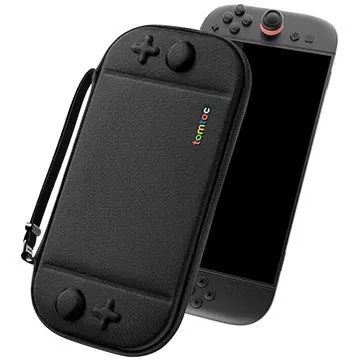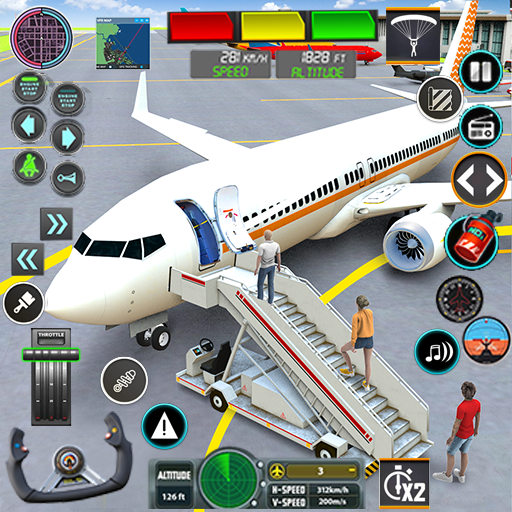CES never disappoints when it comes to showcasing the latest in laptops, and this year's event was a testament to that, particularly in the realm of gaming laptops. I explored the bustling show floor and various packed suites and showrooms to uncover the key trends shaping the gaming laptop market in 2025. Here are the major themes that emerged from this year's showcase.
A Huge Diversity of Designs
Gaming laptops have always boasted a variety of styles, but this year's offerings felt particularly diverse. Brands like Gigabyte and MSI are increasingly blending the lines between productivity and gaming, pushing the envelope on what these machines can offer beyond raw power. High-end gaming laptops are now expected to provide something "extra" in terms of design and functionality.
This year, you'll find gaming laptops spanning a broad spectrum of aesthetics. For instance, the Gigabyte Aero series presents a sleek, professional look that seamlessly fits into business environments. On the other end of the spectrum, the MSI Titan 18 HX AI Dragonforged Edition boasts bold graphics on its lid, making a clear statement about its gaming prowess.
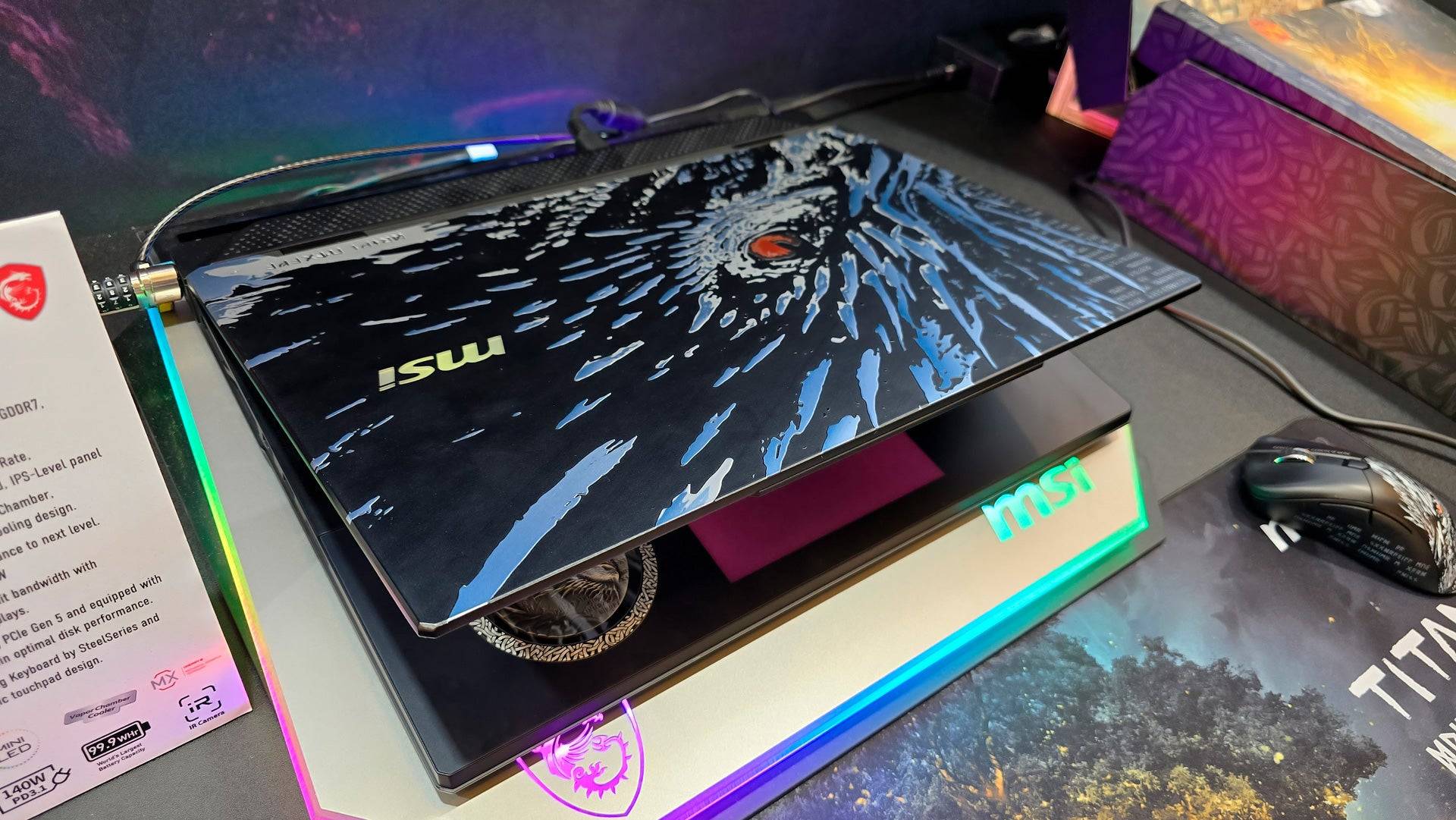 RGB lighting remains a staple, with innovations like wrap-around lighting rings, illuminated mechanical keyboards, and even trackpad lights. The Asus ROG Strix Scar series stood out with its AniME Dot Matrix LED display, which can showcase text and animations on its lid through a series of white LEDs.
RGB lighting remains a staple, with innovations like wrap-around lighting rings, illuminated mechanical keyboards, and even trackpad lights. The Asus ROG Strix Scar series stood out with its AniME Dot Matrix LED display, which can showcase text and animations on its lid through a series of white LEDs.
While the core design principles remain unchanged, expect to see a mix of traditional heavyweights and sleek, lightweight options, all equipped with a wide range of hardware.
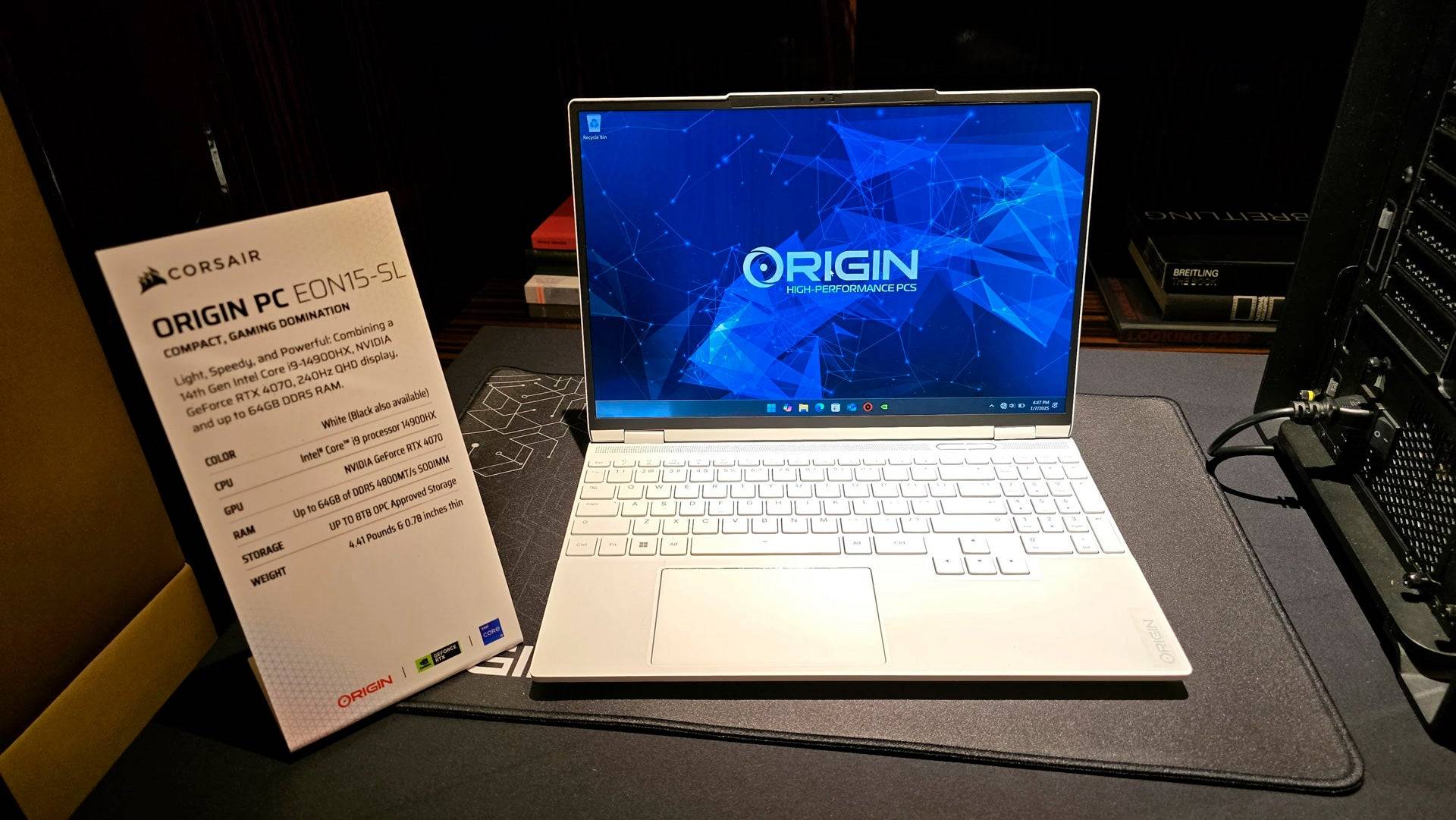 AI Assistants are Coming
AI Assistants are Coming
Last year, AI integration in laptops was a buzzword, but the implementations often fell short. This year, however, multiple vendors showcased AI Assistants designed to enhance user control over their PCs without the need for manual software adjustments.
In a compelling demo, an MSI representative used a chatbot to specify the type of game he wanted to play, and the AI Assistant automatically adjusted the performance settings to match the game's intensity. While I remain skeptical about the speed and efficiency of these systems compared to manual adjustments, the potential for offline operation is promising. We'll need to see how these features perform once they're fully rolled out.
Mini-LED, Rollable Displays and Other Novelties
Mini-LED technology is finally making significant inroads into the gaming laptop market. Asus, MSI, and Gigabyte all displayed Mini-LED laptops with top-tier specifications and pricing. These models featured over 1,100 local dimming zones, reducing blooming and enhancing contrast, alongside impressive brightness and color vibrancy. While OLED still leads in contrast, Mini-LED's lack of burn-in risk and higher sustained brightness make it an exciting prospect for future models.
Innovative designs also caught my eye. The ASUS ROG Flow X13, returning after a hiatus, now supports eGPUs via USB4, offering a versatile gaming solution. Asus also showcased the Zenbook Duo, a dual-screen productivity laptop, but Lenovo stole the show with the Lenovo ThinkBook Plus Gen 6 Rollable. This unique device features a rollable OLED display that extends from 14 inches to 16.7 inches at the push of a button. While the first-generation product raises durability concerns, it's a groundbreaking innovation that's set to hit the market.
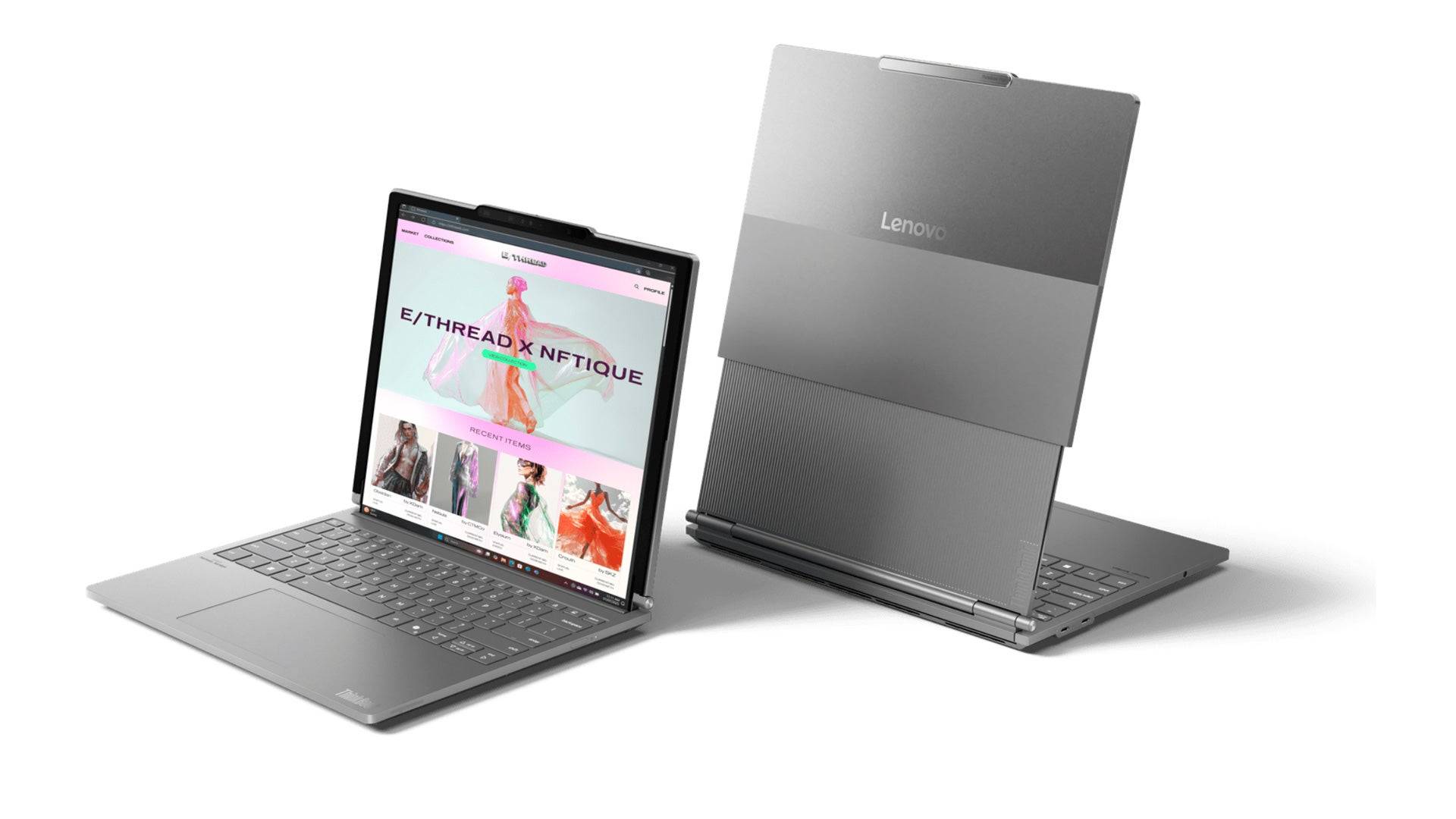 Ultrabooks Continue to Rise, Even for Gaming
Ultrabooks Continue to Rise, Even for Gaming
Ultrabooks are increasingly prevalent, even within gaming line-ups. Major manufacturers now offer thin, light, and premium gaming laptops, such as Gigabyte's revamped Aero series, which perfectly embodies the Ultrabook ethos.
This trend makes sense for gamers who don't need to run the latest titles at maximum settings. These Ultrabooks offer a portable solution that excels in both gaming and productivity. My review of the Asus TUF Gaming A14 last year highlighted how these machines can incorporate dedicated graphics without compromising their on-the-go utility.
 Moreover, with the latest AMD and Intel processors, even integrated graphics can handle relatively demanding games, especially when paired with technologies like AMD FidelityFX Super Resolution or Intel XeSS. This capability raises questions about the necessity of lower-end dedicated GPUs like the RTX 4050M.
Moreover, with the latest AMD and Intel processors, even integrated graphics can handle relatively demanding games, especially when paired with technologies like AMD FidelityFX Super Resolution or Intel XeSS. This capability raises questions about the necessity of lower-end dedicated GPUs like the RTX 4050M.
Cloud gaming services like Xbox Cloud Gaming and Nvidia GeForce Now further enhance the appeal of these machines, allowing for a robust gaming experience without the need for a dedicated gaming laptop.
The gaming laptop landscape is evolving rapidly, and we'll continue to cover these developments throughout the year. What trends caught your eye? Share your thoughts in the comments below!

